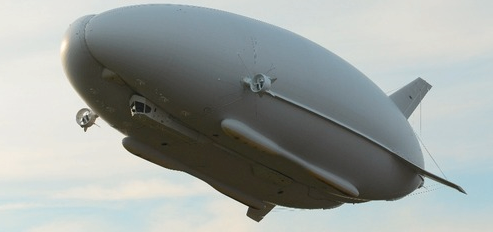
Monday, February 18, 2013
18 February 2013
Announcing... Amazing Stories Week!
Regular readers will know I have a daily routine Monday through Friday for the predictions, but I came across a great discovery this weekend and I'm going to throw a monkey wrench into the monotonous machine, based on First Rule of Blogging (H.): It's my blog and you are not the boss of me!
My friend Alan Ponder has a terrific collection of old science fiction magazines, the ones printed on pulp paper, known as "the pulps" to their fans. In 1956, Amazing Stories turned 30 and devoted the last few pages of the April issue to predictions from people in many fields of what the world would look like in 2001.
In other words, a big old goldmine for this blog.
I'll be printing the predictions from today to next Monday, starting out with what easily can be considered the wackiest from a guy who made a real effort to be odd and was taken seriously by many people of the time.
It's hard for me to give an modern example to the young people of what he was like. There are people trying to be outrageous for the sake of outrage now, many of them political pundits. But this guy was very different and he had some talent, something most pundits lack completely.
Prediction: I believe that art and science will have merged by 2001...
The secret of this harmony can be seen today in cosmic radiation... Beauty is mathematical too - I refer you to the works of Bach - and the beauty of the logarithmic curve of the rhinceros horn, with its repetition in the internal sedillas of the cauliflower can be seen by the aware eye of today and will been seen, and acted upon, by the awakened artists of 2001...
By 2001, such things will have lost their rigidity and gained, instead, have found the unity that is found in cosmic radiation, the cauliflower and the rhinoceros horn.
They will have realized the secret of life, of art, and of power, is viscosity.
Predictor: Salvador Dali, in the 30th anniversary of Amazing Stories, April 1956
Reality check: In the interest of full disclosure, I concede that I did a Dadaist editing job on this famous surrealist's prose. I only published every third sentence in his three paragraph tour de force, but also added his final sentence, the first mention of "viscosity".
Some readers might say, "But, Professor! You shouldn't edit someone's words in such a strange and didactic way. This statement has lost all meaning."
Let me make my case in two parts.
Part 1. See the First Rule of Blogging (H.).
2. I swear on the Collected Works of Leonhard Euler that absolutely no meaning has been removed from Mr. Dali's statement. True, many words have gone missing and yes, those words formed sentences with subjects and verbs. But this edited version makes every bit as much sense as what he wrote and the editors of Amazing decided to publish. If you think this version is meaningless, you would not be convinced much by the full text.
Looking ahead one day... INTO THE FUTURE! The 57th anniversary celebration of Amazing Stories' 30th Anniversary continues, with visits from Sid Caesar and John Cameron Swayze.
Join me then... IN THE FUTURE!
Subscribe to:
Post Comments (Atom)


i dunno. to some degree, he sounds pretty accurate. the bit about math and bach? douglas hofstadter territory, as well as many experiments in computer generated baroque music. the cauliflower bit sounds like he may have intuited something about fractals. in any case, art and math may not have completely merged but consider the vogues of escher prints and fractals - not to mention the remarkable youtube videos of vi hart and make magazine's mathematical mondays. i don't know if the artists of 2001 qualify as 'awakened', but they are certainly aware of the things dali mentioned. incidentally, have you heard about the celestaphone? it's a one of a kind xylophone made of metal from meteors.
ReplyDeleteincidentaqlly, dali himself was no stranger to mathematically inspired art with his tesseract 'cross', his affine transformed elephants, and his anamorphs.
ReplyDeleteI accept that there is pretty math, but I've always thought that calling Bach "mathematical" downplayed how good he was at coming up with a pretty tune, which is a lot more about understanding the emotional tug than the clever ways to turn a small inspiration into a long piece.
ReplyDeleteAnd yes, we have the whole fractal thing as well with shapes repeated at different sizes, but I am totally NOT buying into viscosity being the key to all.
No, I hadn't heard about the celestaphone. Thanks for the tip and thanks for stopping by.